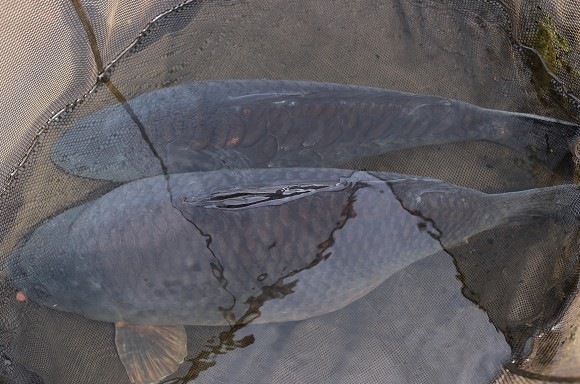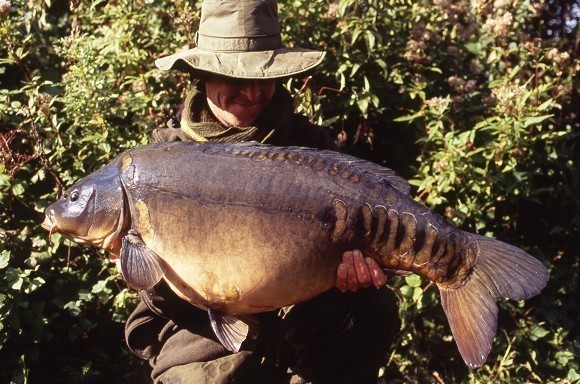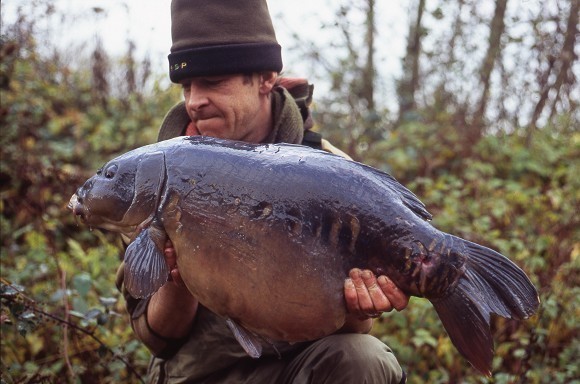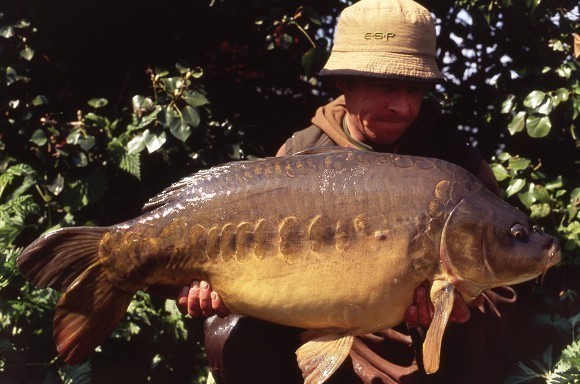
Is a tight line an advantage?
We ask Terry Hearn whether tight lines will hook more fish compared to slack lines...
With every man and his dog advocating slack lines, do you think carp are getting away with it even more than ever? So would the use of laser tight lines, heavy leads and ultra sharp hooks be a natural U-turn progression, leading to more fish hooked, or is the tight line going to put the fear of god into them?
It really does depend on the situation, but tight lines are obviously the better hooker.
If I’m fishing at any sort of range, over fairly flat, shallow ground with little in the way of weed, where a tight line is likely to be pretty flush with the bottom anyway, then I’ll fish tight every time, indicators clipped up at the top. I wouldn’t necessarily say that tight lines give better bite indication, as I can think of many occasions where I’ve picked the rod up after just a couple of bleeps and found that the fish has already travelled a fair way, but I’d still say that tight lines lead to more takes converted into fish on the bank.
Going back to that autumn at Burghfield, bowstring tight lines were what I was using then, fishing long-range alongside an island with heavy leads tied on with weak links, and it was one of those periods where I knew that everything was working as efficiently as possible. When the swim was at its absolute peak I hooked and landed ten carp over three nights, with no losses at all, which on a pit like that kind of tells you you’ve got something right.
Another example where I preferred tight lines over slack was a few years back at Vinnetrow, which is shallow all over. This particular spring there wasn’t a great deal of weed, just fine slimy silkweed which rose up off the bottom by a foot or more. It was one of those periods where the spawning pike were being a pain and I’d already had to re-spool a couple of times, but by sinking the tips beneath the surface and tightening the lines as much as I dare, I not only avoided the pike, I got more carp action too. As well as being a better hooker, fishing dead tight was pulling the line down into the silkweed and out of sight, and again I went through a good spell of fishing. Obviously slack lines have their place, fishing close in, over clumpy weed, or in deeper water where you might need to slacken them a fair bit just to get the last few feet down, but the idea is to give them as little slack as you can get away with.
At Chertsey, one of my favourite spots was a deep, steep margin alongside a big snag willow. The main swim was almost on top of the snag, which meant that with a tight line, the end of the leader was likely to be lifted up off the bottom. Obviously, because of the close proximity of the snag, I needed to be fishing as tight a line as I could, and so instead of fishing the spot from the main swim, I just made another little gap for my single rod a bit further up the bank from the willow, and with the tip sank as much as I could, and with a big blob of putty moulded above the longer than usual leadcore leader, I was able to change the angle enough to get away with fishing a nice tight line. It’s just common sense really, slack lines have their place and I use them a lot, but only when I feel I have to.






